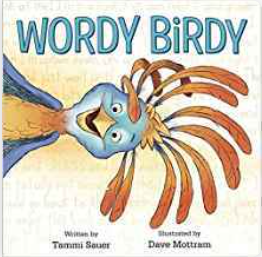Blurting, call outs, shout outs, interruptions-no matter the name, it happens in every classroom. Sometimes students are just excited, sometimes they haven’t built habits of self-control or sometimes they’re wanting attention. Whatever the reason, blurting often distracts from the lesson.
So, what do you do?
Try these strategies to prevent blurting
Read on and grab this resource that provides more ideas to implement these strategies.
1 Define blurting—First of all, students need to be aware of what blurting is and what it isn’t. Often when students blurt, they aren’t aware how it affects other students. Having a discussion about how blurting interrupts other students’ learning can often help curb the blurting.
Get the definition here with my blurting prevention resource.
2 Establish expectations—Be specific about your expectations during your lesson. How do you want your students to respond during the lesson? Teach exactly what you want students to do and not to do. Learn the 3 steps to teaching expectations in this resource.
3 Focus on the positive—Be positive in your redirections because you get more of what you pay attention to. For example, instead of saying “Please stop blurting,” say “please give me a thumbs up if you know the answer.” Instead of giving your attention to students who are blurting, point out positive examples. This may help students realize that shouting out will not get positive attention.
4 Teach active listening—Teach students how you want them to listen and that blurting interferes with their ability to listen. (Get a resource with specific listening ideas here.) As you’re teaching your expectations, be specific and tell them what they should look like and sound like when they are showing active listening.
Another strategy is to provide tasks before, during and after the lesson to help students focus on their listening and learning. If they are focused, then they won’t have time to blurt out. For example, provide a question or prompt before the lesson. During the lesson, teach students how to turn and talk with a partner to discuss the question or prompt. After the lesson, students respond to show their learning.
5 Use mentor texts—Use stories to show how characters learn how to listen or learn why listening is important. Point out the lessons learned and the emphasis on other alternatives to blurting. There are many books to choose from (Wordy Birdy is a good example. Read this book about a bird who learns that paying attention is more important than talking all the time. Get more examples here.

6 Increase engagement—When you increase engagement with verbal, written and action responses students don’t have time to blurt as they are engaged in learning. All students should respond verbally, with action or in writing many times during your lesson. Provide multiple opportunities for responding so that students don’t have time to blurt.
Finally teach self-awareness and create a plan-–Students may not always be aware of how much they are blurting and why. Take some data on students that blurt. For example, during a lesson make a tally mark each time a student blurts. Later, talk with that student and find out his motivation for blurting. Create a plan for your student to decrease the blurting and help provide positive support.
Get some ideas for individual plans here.
In closing, when students blurt, it can simply be due to excitement, seeking connections or bad habits. When you teach about blurting and what you want listening to look like-this can be a solution. Sometimes you need more examples and increased engagement to prevent blurting. Finally, you may need to create individual plans to help students develop better listening skills.
Supporting you always!
💗







